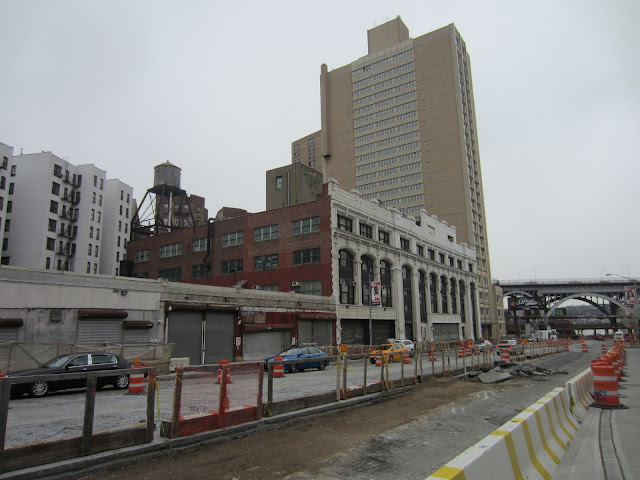My husband's fetishes include visiting state high points. In 2005 (prior to this blog) we climbed 14,498-foot-tall Mt. Whitney, the highest high point in the continental U.S., and in 2014 we drove to the lowest high point in the U.S., a 345 feet "summit" in Florida that was essentially a bump in the road. Altogether, we've been to the top of more than a dozen state high points.
The New Jersey state high point sits at 1,803 feet and ranks #40 in the State High Point List. We made a little detour on our way out of New York City and on our way to upstate New York so we could see it. Marked by a 220-foot-tall obelisk rising behind Lake Marcia, it is hard to miss:
In 1922 a wealthy man named Anthony R. Kuser donated 10,500 acres to New Jersey. It was and still is the largest land donation in the history of the state. The acreage included the high point and led to the creation of the High Point State Park. I had never heard of the Kuser family, but I've learned that they were incredibly well-connected. Anthony Kuser was the president of a gas and electric company, sat on almost a dozen corporate boards, served on the staffs of three New Jersey governors, and provided the seed money for a movie company that eventually became 20th Century Fox. He married the daughter a senator who was also the founder of Prudential Life. Kuser's son was a state senator and the first husband of a woman who later married an Astor. Just a little bit of money was bouncing around in this family.
Kuser hired an architect in 1928 to design a monument as a tribute to "Glory and Honor and Eternal Memory of New Jersey's Heroes by land, sea, and air in all wars of our country." Modeled on the Bunker Hill Monument, it was constructed between 1928 and 1930. Unfortunately, Kuser died in 1929 and didn't get to attend the dedication.
From the top there are supposed to be spectacular views of the Pocono Mountains in the west, the Catskill Mountains to the north, and the Wallkill River valley to the southeast:




























